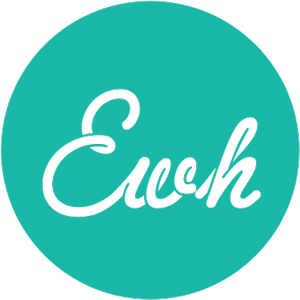
The Series Series, Part 2: Starting a Series
 It took us thirteen drafts to figure out the best way to start the Very Fairy Princess series: with a “day in the life of…” establishing story. Once we had introduced the character and her world, other story ideas seemed to flow more easily. The first book in the Dumpy the Dump Truck tells the story of how young Charlie and his grandfather restored the old wreck to a really useful (and possibly magical) truck, after which subsequent stories could focus on their adventures together. The first Little Bo book introduces all the characters, both feline and human, establishes that Bo’s siblings have been scattered (so that she can find them in subsequent stories), and connects her with her beloved sailor, Billy, with whom she later travels the seas.
It took us thirteen drafts to figure out the best way to start the Very Fairy Princess series: with a “day in the life of…” establishing story. Once we had introduced the character and her world, other story ideas seemed to flow more easily. The first book in the Dumpy the Dump Truck tells the story of how young Charlie and his grandfather restored the old wreck to a really useful (and possibly magical) truck, after which subsequent stories could focus on their adventures together. The first Little Bo book introduces all the characters, both feline and human, establishes that Bo’s siblings have been scattered (so that she can find them in subsequent stories), and connects her with her beloved sailor, Billy, with whom she later travels the seas.
But starting a series is more than establishing characters and setting. You are also establishing style, tone, and any other unifying elements that will be present in subsequent books. When Jim and Kate McMullan published I Stink!, the first book in their wonderful anthropomorphic vehicle series, they didn’t realize they were committing to having an internal “game” within every subsequent story. I Stink! featured a “trash alphabet” in the center of the book, thus necessitating that each subsequent book provide a similar fun element – a maze, a counting game, a “Where’s Waldo?” type puzzle, etc. Olivia, by Ian Falconer, establishes with the first book that there will be legit art represented at least once or twice in each subsequent book, in full color to contrast with the black, white and red illustrations.
But don’t feel bogged down by the details. There are plenty of examples of series that have changed as they developed. Marc Brown’s Arthur series is a case in point – the scratchy, edgy character drawings evolved over the course of the series to become smoother and more widely appealing than their earlier counterparts. The point is simply to be aware that whatever simple rules and styles you establish in Book One will, ideally, extend through and define the balance of the series thereafter.
